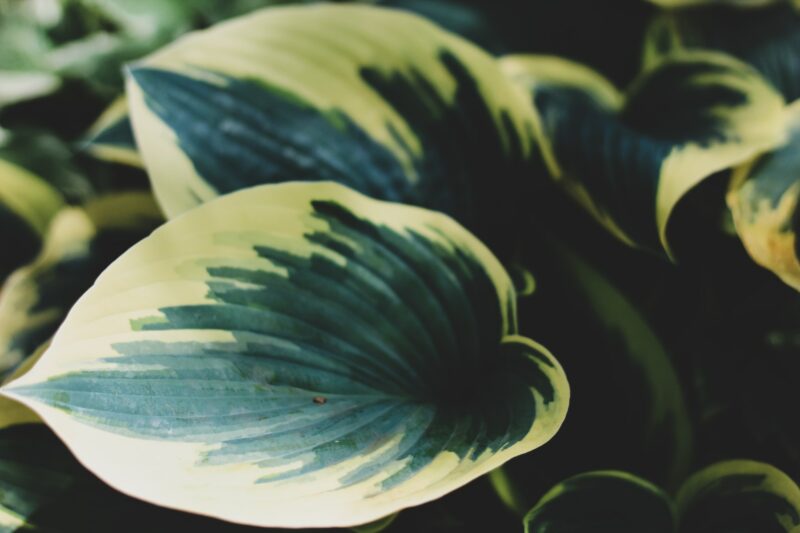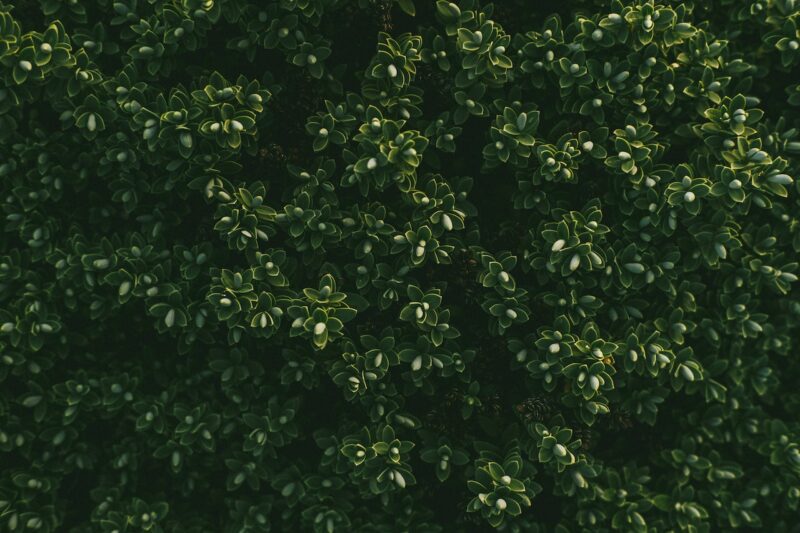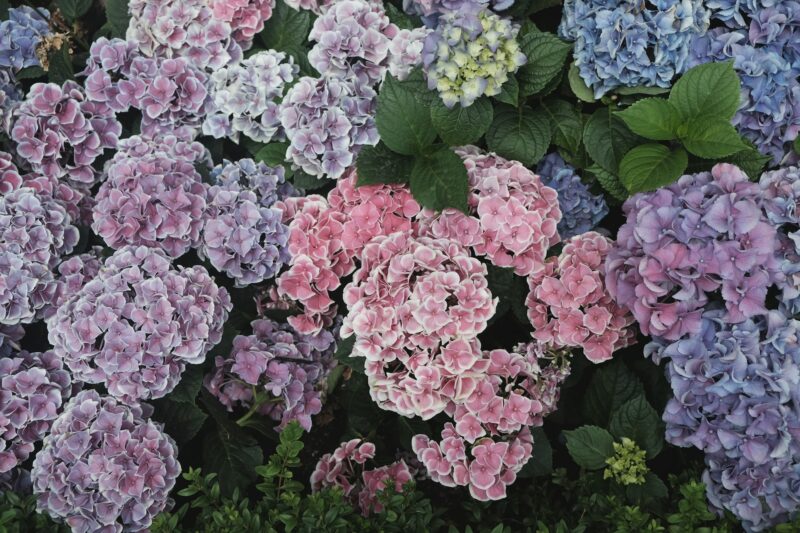
Rhododendron is a large genus of woody plants that are either evergreen or deciduous. Most species originate from eastern Asia and the Himalayas, although some types can also be found in North America, Europe, and Australia. The genus name comes from the Greek words meaning “rose tree,” and with good reason: they usually have brightly colored flowers (usually in purple, pink, white, and cream) that bloom even in late winter and all through early summer.
These shrubs have leaves that are arranged spirally and that come in a wide scale of sizes. Rhododendron plants can be subdivided base on the presence of scales or hairs on the lower leaf surface. They can also be described as having inflorescences (tiny buds of flowers on a stem and can either be located terminal or lateral), a superior ovary, stamen with no appendages, and clumped pollen. One type of rhododendron are the azaleas, which can be distinguished from the others by having five anthers on each flower.
Planting and propagating rhododendron
Rhododendron plants grow better in acidic soil, with a pH between 4. and 6.0, and with lots of organic matter, as this prevents the soil from drying out. The soil should also be well-drained. They also grow best in sheltered or shady areas to prevent getting winter burns or too much sun exposure in the summer.
It is recommended that rhododendrons be planted in the fall; should you wish to plant in the summer, regular watering is a must. The plants should be spaced between 2 to 6 feet apart, depending on how large they are expected to reach in maturity. Roots should be planted at soil level to prevent root rot.
Propagating rhododendron plants can be done either by layering, stem cuttings, or seeds. When using seeds, they should be started indoors during early winter in moist soil, away from direct sunlight, and it may take up to 2 years before it is ready for planting in the ground. Stem cutting and layered branches, after being exposed to a rooting hormone, can be transplanted after rooting has taken place.
Caring for rhododendron
After the blooming season of your plant, it may be necessary to add fertilizer and/or mulch around the plants. Pruning may also be important if you wish to create a more desirable shape and aesthetically pleasing plant. As with fertilization, this should be done after the blooms are gone. Older plants can also be cut back to encourage the formation of new branches. Diseased areas should also be removed to prevent the spread.
Insects are usually not a major problem for rhododendron, but deer can be! Deer tend to be attracted to this plant and to eat its leaves. Other possible pests responsible for rhododendron infestation are lace bugs, borers, or weevils.
Should your rhododendron leaves and buds turn brown, this is likely due to sitting water. To resolve this, you can add some sand into the soil, or clay marbles or pebbles, to help water drain. Rhododendron leaves can also lose color and turn yellow, in a process called chlorosis. To remedy this, you can add a layer of heath in the soil, as well as some fertilizer.
Types of rhododendron
While there are generic guides on planting and caring for rhododendrons, specific instructions exist for the different types. And of course you are planning to plant more than one type, aren’t you? Given that there are more than 1000 species of rhododendron plants, it’s going to be hard to choose just one. Here are some distinctive types:
Bloom-A-Thon: Semi-evergreen azaleas that re-bloom, providing color throughout the season.
Bollywood: The foliage is different in this type because it has a variegated green and cream appearance, paired with bright magenta flowers
Hydon Dawn: One of the few types that can tolerate full sun, which grows low and compact and has small pink flowers that fade to white.
Mandarin: A deciduous type of azalea that has orange blooms on leaf-free (naked) stems.
Landscaping Use
Rhododendrons serve a lot of uses in landscapes and gardens. They are best arranged in groups of bouquets and are stunning as decorative pieces. In addition, because their leaves stay green even during winter, you can also use evergreen varieties as central pieces. These plants can also be incorporated in a bed or border.
The different types of rhododendrons and azaleas ensure that there is one type for every situation. Low-growing azaleas can be used as plant cover or foundation plants. Tall-growing plants can be used as screens. You can also choose types according to when the flowers bloom and, if you choose well, you will have blooms throughout a good portion of the year.



